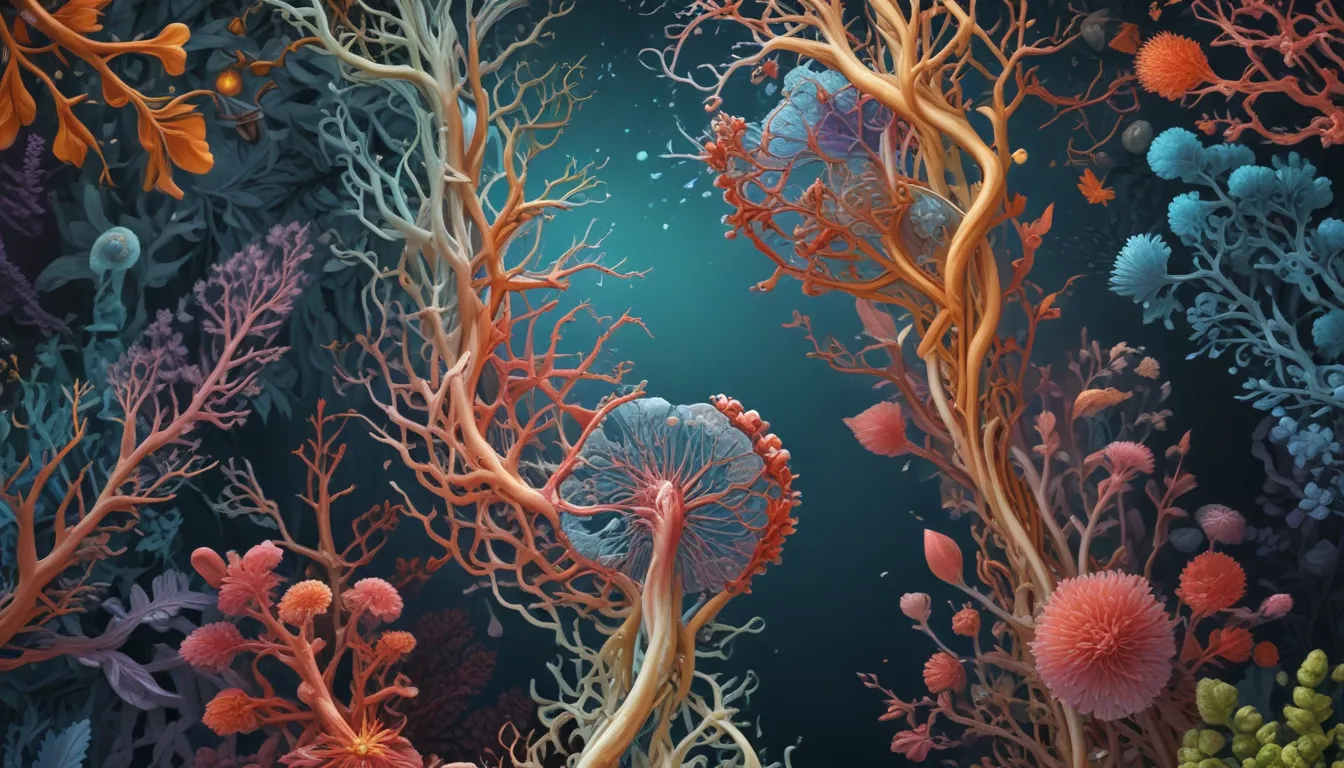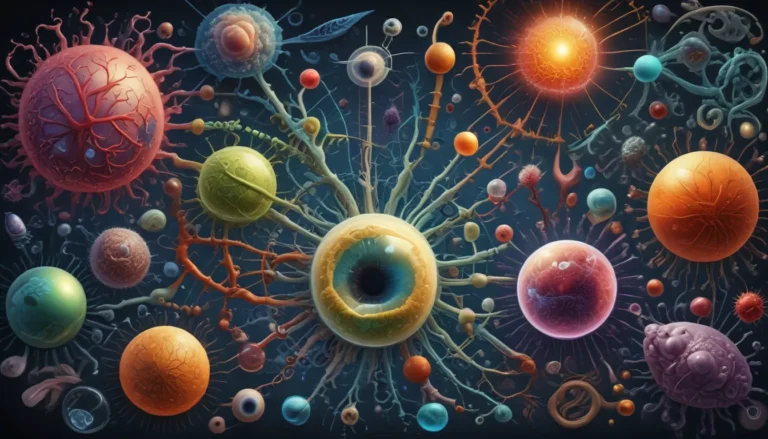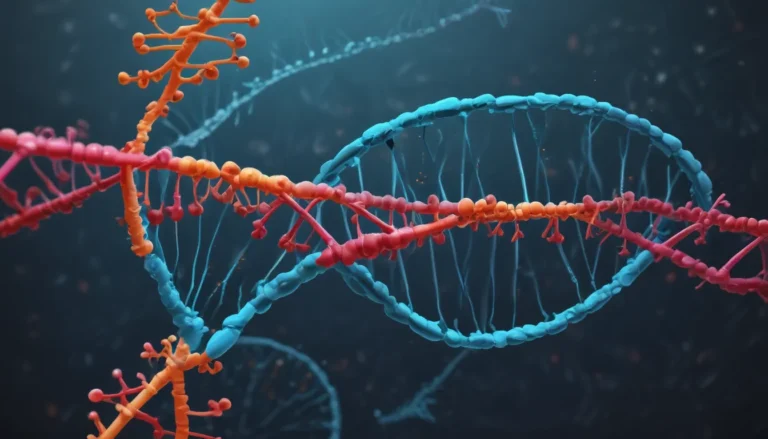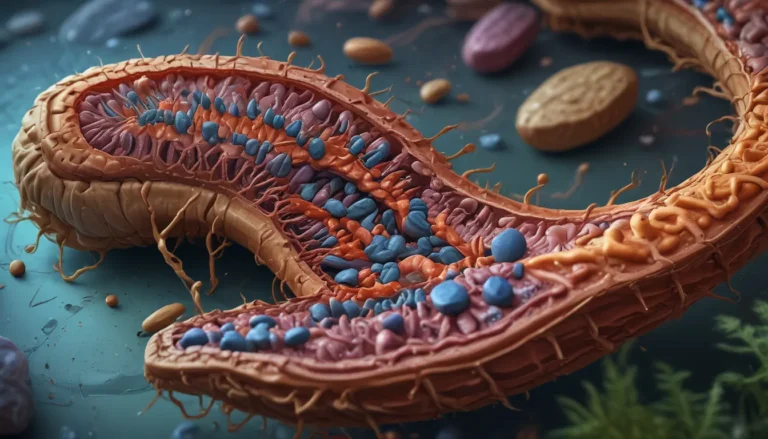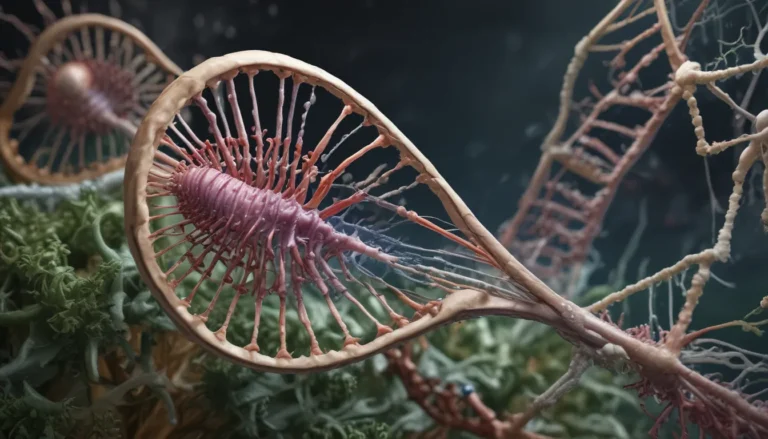A Note About Images: The images used in our articles are for illustration purposes only and may not exactly match the content. They are meant to engage readers, but the text should be relied upon for accurate information.
In the realm of biology, meiotic crossing over stands as a remarkable phenomenon that shapes genetic diversity and evolution. This intricate process occurs during meiosis, the cellular division that gives rise to gametes like sperm and eggs. Through the exchange of DNA segments between homologous chromosomes, meiotic crossing over creates new gene combinations, fostering genetic variation within populations. In this article, we will uncover 14 astounding facts about meiotic crossing over, from its discovery to its implications in genetic disorders and evolutionary biology.
Unveiling the Marvels of Meiotic Crossing Over
Meiotic crossing over, a pivotal event during prophase I of meiosis, involves the pairing up of homologous chromosomes and the exchange of genetic material. This reshuffling of genetic information not only promotes genetic diversity but also prevents the loss of genetic material in the event of chromosomal breakage. Mediated by specialized enzymes known as recombinases, such as the protein RecA, the process of crossing over leads to the formation of chiasmata, visible structures that mark the points of genetic exchange between chromosomes.
The Role of Meiotic Crossing Over in Genetic Diversity
The frequency of crossing over varies among different organisms, influencing the level of genetic variation within populations. Crossover events can result in gene linkage, where genes located close to each other on the same chromosome are inherited together. Moreover, crossing over can yield non-parental combinations of alleles, generating unique genetic traits in offspring. First observed in 1909 by geneticist Thomas Hunt Morgan, meiotic crossing over contributes to the evolution of species by introducing new genetic variations over time.
Ensuring Genetic Stability Through Meiotic Crossing Over
While meiotic crossing over is essential for genetic diversity, errors in this process can lead to chromosomal abnormalities and genetic disorders. Each chromosome typically undergoes a limited number of crossover events, a highly regulated process that maintains genetic stability and ensures proper segregation of genetic material during meiosis. By understanding the intricate mechanisms of meiotic crossing over, scientists can unravel the complexities of genetic inheritance and develop strategies for diagnosing and treating genetic disorders.
Navigating the Enigmatic Realm of Genetic Recombination
Meiotic crossing over is just one piece of the genetic puzzle, intertwined with homologous recombination and DNA repair mechanisms. Delving deeper into genetic recombination unveils the secrets of how DNA repairs itself, while exploring chromosomal crossover reveals the captivating dance of genetic material exchange. By embracing the marvels of genetic recombination, we gain a comprehensive understanding of the genetic landscape and its impact on all life forms.
Frequently Asked Questions About Meiotic Crossing Over
-
What is meiotic crossing over?
Meiotic crossing over is the process by which genetic material is exchanged between homologous chromosomes during meiosis, leading to increased genetic diversity in offspring. -
Why is meiotic crossing over important?
Meiotic crossing over plays a crucial role in genetic diversity, evolution, and the formation of new genetic traits through the reshuffling of genetic information. -
How does meiotic crossing over occur?
During meiosis, homologous chromosomes exchange genetic material at specific points called chiasmata, facilitated by DNA double-strand breaks and repair mechanisms. -
Does meiotic crossing over occur in all organisms?
Meiotic crossing over is a universal process that occurs in most organisms, with variations in frequency and location between species. -
What are the consequences of abnormal crossing over?
Abnormal crossing over can result in genetic disorders, chromosomal abnormalities, and imbalances in genetic material that impact an organism’s development and health. -
Can meiotic crossing over be controlled or manipulated?
While meiotic crossing over cannot be directly controlled, ongoing research aims to deepen our understanding of the process for potential applications in genetics research and breeding programs.
Embracing the Beauty and Complexity of Genetic Diversity
In conclusion, meiotic crossing over is a captivating biological process that underpins genetic diversity, evolution, and the formation of unique genetic traits in offspring. By unraveling the intricacies of this process, we gain insights into the origins of genetic disorders and the mechanisms driving evolutionary changes. Trust in our commitment to delivering engaging and trustworthy content as we explore the wonders of meiotic crossing over together, shaping our understanding of the genetic world around us.
